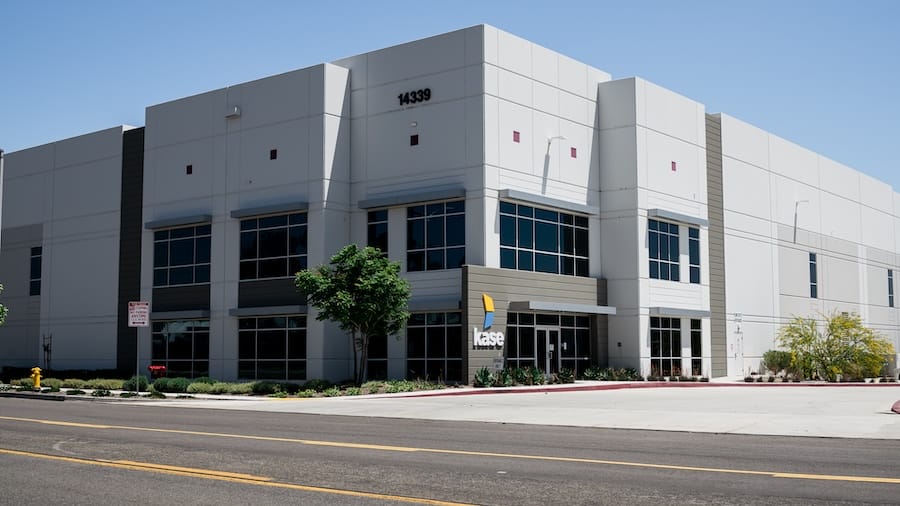As brands grow, there’s a natural need to transition into warehouses, multiple nodes, and, eventually, robust fulfillment networks. The goal of this expansion is to optimize distribution and delivery, ensuring that stock is near where it needs to be and shipping to customers is swift and cost-effective.
When the time comes to make this transition, selecting the right partners and fulfillment locations is critical. And you can’t just think about what’s needed now—planning longer-term is crucial. For example, you may only need one fulfillment center to begin, but what about three or five years from now? Will the logistics partner you’re considering be able to support the future locations you may require?
While there’s no perfect answer to when and how a brand will grow and what fulfillment needs they’ll have in five years, it’s possible to identify partners and locations with the strongest potential.
By assessing fulfillment location values, where specific industries often fulfill from, and which 3PLs and other logistics providers have an extensive network, retailers can make strategic choices that encourage frictionless growth.
Why fulfillment locations matter
Does location really matter? The answer is a resounding yes. And not for just one reason, but many. Location determines everything from shipping costs and speeds to labor availability and industry regulations. In other words, the wrong location can cost you. Some of the top reasons to carefully consider locations include:
Meeting delivery expectations
Fast and free has become the retail delivery mantra. With big-name players easily able to offer same-day or next-day delivery and services like DoorDash helping customers get products almost immediately, consumers have hefty expectations. This makes optimized fulfillment center location(s) imperative, especially as carrier costs rise and supply chain challenges continue.
According to a recently released survey, high shipping costs caused 48% of consumers to abandon a cart, and 62% of online shoppers won’t even purchase from a retailer that offers free shipping. Because brands have to cover this cost, their location will factor heavily into how much it eats into profits.
The US is divided into shipping zones. The more shipping zones you cross to get the product from point A to point B, the higher the cost. When product is ideally situated in a way that keeps it closer to customers and allows brands to distribute to retailers or brick-and-mortar stores in fewer zones, it’s better for the bottom line. Most importantly, it enables brands to meet these lofty expectations and keep customers happy and loyal.
Reducing fulfillment costs
Shipping is only one small piece of the fulfillment cost puzzle. While it’s a biggie, others need to be known. For instance, consider the cost of living by geographic area. Groceries, gas, rent/mortgage, home services, etc., are all a lot higher in New York City than in New Jersey, which is why you often find people choosing to live on the outskirts.
The same can be said about business or fulfillment locations. The ideal fulfillment center will be near major hubs with easy transportation access to keep costs down. On the flip side, being located rurally can drive up delivery transit times since they have more limited access to transportation infrastructure. This can affect predictable delivery windows and tack on shipping costs. So, while rent may be low, it drives up costs in other ways and impacts the customer experience.
Easier channel expansion
Many brands expand from DTC to multiple channels, such as marketplaces and retail stores. It’s easier for these retailers to scale near major retail hubs and/or transportation routes. This helps them meet delivery windows and compliance standards better while reducing delays. The key to strategic positioning is locating in a way that simplifies logistics coordination and makes it easy to scale.
Manageable regulations
Fulfillment regulations can vary by state, including everything from tax nexus and labor laws to environmental requirements. Retailers using fulfillment locations in states with stricter regulations may face added compliance requirements, longer processing times, or higher operational costs, making it essential to do due diligence to determine which location optimizes efficiency.
Access to a robust workforce
Access to a strong and reliable labor force allows fulfillment centers to help retailers run efficient operations and scale cost-effectively. Brands must look at the potential of shortages in different regions, which can lead to high turnover, delays, and higher wages, disrupting fulfillment operations.
Increased resilience and agility
Some fulfillment locations provide resiliency and agility through geographic diversity. This allows brands to remain nimble, even when facing supply chain disruptions. A region may also be better for brands to quickly adapt to changes, whether it’s sudden spikes in demand, shifting customer locations, or market expansion.
Popular US fulfillment locations
In 2024, Supply Chain 24/7 named Dallas, Phoenix, and Savannah the top distribution hubs due to their ability to adapt to ongoing challenges, as well as their strategic locations, strong transportation infrastructure, and growing workforces. However, other areas were also listed as top US fulfillment locations for their “space inventory, distribution costs, and logistics infrastructure.” The list includes cities in:
- Georgia
- California
- Texas
- Pennsylvania
- Nevada
It’s important to note that location is important, but so is having the right partner for your product while being in areas that are ideal for your customer base.
How to find the right fulfillment partner based on location
Before choosing a fulfillment location and logistics partner, brands should assess their situation; for example, current operations, customer base, and growth plans, to identify key needs and what matters most. This means looking at:
- Where customers are concentrated
- What channels you plan to expand into
- Product storage and compliance needs
- Industry norms for shipping and delivery times (specific to your products)
The ideal 3PL will have fulfillment locations that align with brand goals. They’ll also have the expertise to set retailers up in a way that supports long-term scalability, flexibility, and consistent service across all sales channels.
Kase US fulfillment locations

Kase’s network of strategically located warehouses in cities like Columbus, Allentown, Los Angeles, Chicago, and Dallas enables fast two-day and even same-day delivery.
Locations offer a variety of features and capabilities, from climate control, food-grade storage, and FDA registration to a comprehensive range of fulfillment services able to meet the needs of omnichannel retail operations. Locations are also optimized for transportation infrastructure, including access to rail.
Brands can utilize one location or streamline shipping with multiple nodes, reducing shipping times and costs. With both ecommerce and B2B fulfillment capabilities, Kase can support retail and DTC fulfillment across the US.
Ready to find fulfillment locations that fit today’s needs and tomorrow’s growth? Talk with a Kase fulfillment specialist and discover the perfect spot to scale smart.





